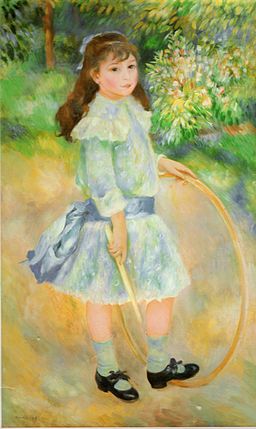Kristi here. With school out for the summer, my house is once again full of kids all day. Some of the games they come up with are interesting to say the least. Its the nature of children to find ways to entertain themselves and it was no different during the Regency.
Like all kids, children during the Regency had loads of energy. Games involving jumping across, over, and on things were popular, particularly with boys. Although they went by different names, children played many of the games we enjoy today such as tug o’ war (called English and French), tag (known as Touch during the 19th century), and good old foot-racing (often reffered to as a Steeplechase since the steeple or church was frequently the finish line).

Other games have retained their names over the years. Leap-frog, Follow the Leader, and Hop-skotch haven’t changed much over the years, and were played in pretty much the same way they are today.
While not quite as prevalent as they used to be, kids still play with marbles, tops, kites, and balls, toys that have been around for centuries and relived the boredom of many youngsters of the regency era.
If you’ve ever seen a group of kids playing with a hula hoop, you eventually saw one of them rolling the hoop across the ground. Rolling hoops was a prevalent game during the early 19th century as well. Many travelers documented seeing children using sticks to keep a metal or wooden hoop rolling across the ground.
Golf has been around for centuries, but did you know that an early version of lawn hockey also existed? It was played with a ball and cudgels or bats, so the curved hockey stick we now know wasn’t part of it.
Other games bore a startling resemblance to games we know today. A game called Bounders was played very much like baseball except there were five bases and one could get runners out by hitting them with the ball. I think parents everywhere will agree that we’re glad those rules changed. A combination of baseball and dodgeball is a scary prospect.
Despite the advancement in technology and the changes in culture, kids are still kids and there’s something comforting in that. The similarities in people’s nature is one of the things that makes reading historical novels interesting. Seeing those natures in a different era can sometimes help us understand ourselves even more.
What are other areas that you see a similarity in human natures across eras?
Originally posted 2014-06-12 05:00:00.
Comments are closed.